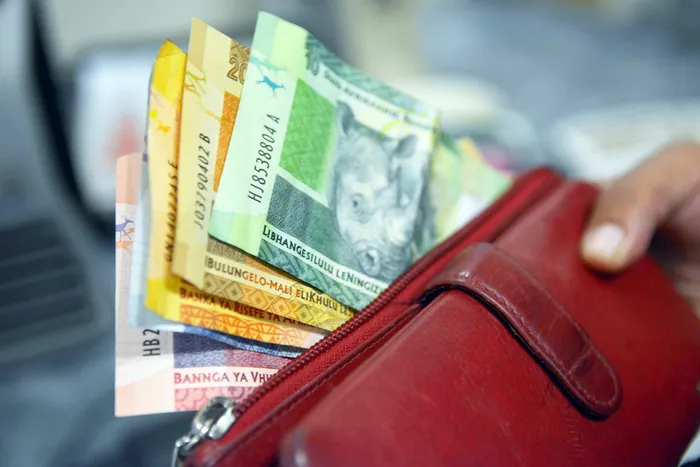More South Africans turn to personal loans as income is eroded by rising expenses

Rising expenses push South Africans towards personal loans
Image: Karen Sandison
Consumers are increasingly feeling the pinch with a record number of people who are now in debt review having a personal loan.
The latest DebtBusters’ Debt Index for the first quarter of the year showed that more South Africans than ever are using personal loans to make up the shortfall between income and the rising cost of living. This, it said, is despite South Africans having access to some of their retirement savings in the form of the “two-pot” retirement regime.
However, Benay Sager, executive head of DebtBusters said that debt counselling enquiries were “a bit muted” compared to previous years. He attributed this to uncertainty about the macroeconomic environment as well as access to retirement funds.
The number of consumers who completed debt counselling has increased 11-fold since 2016. Consumers who received their clearance certificates in the first quarter of 2025 paid back over R700 million to their creditors.
This comes as Statistics South Africa released its unemployment figures, also on Tuesday, which showed that the unemployment rate has increased to 32.9% from the last three months of 2024, when it was 31.9%. The overall unemployment rate, which includes discouraged job seekers, went from 41.9% to 43.1%.
DebtBusters’ research also found that 37% of people applying for debt review had a one-month loan - also known as a payday loan.
These increases in debt come as consumers are less optimistic about South Africa’s economic environment, with the FNB/BER Consumer Confidence Index dropping to its lowest point since the second quarter of 2023 as of the first three months of the year.
Sager pointed out that “personal loans, especially one-month loans, remain a lifeline for many, because income has not kept pace with rising expenses”.
Over the past nine years, electricity tariffs have increased by 135%, the price of petrol has risen by 88%, and the compound effect of inflation is 52%, DebtBusters pointed out.
As a result, those who applied to the company for debt counselling in the first quarter of this year were using an average of just more than two-thirds of their net salary to pay debt, the debt review company said in a statement. “This is a significant increase compared to previous quarters and the highest since 2017,” it added.
“The most vulnerable consumers, taking home R5 000 or less per month, use 76% of their income to repay debt. Those earning R35,000 or more spend 77% servicing debt. The ratios for these income groups are the highest since DebtBusters started analysing the data in 2016,” it noted.
DebtBusters added that today’s consumers have 53% less purchasing power than in 2016. However, for those taking home R35,000 or more, nominal income has increased by 11% since 2016 – the first significant growth for some time.
Consumers in most income bands spend 25% of their disposable income, after debt repayments, to pay for water, electricity, rates and transport. Food inflation has meant many have had to sacrifice insurance and assurance cover, said DebtBusters.
IOL
Related Topics: